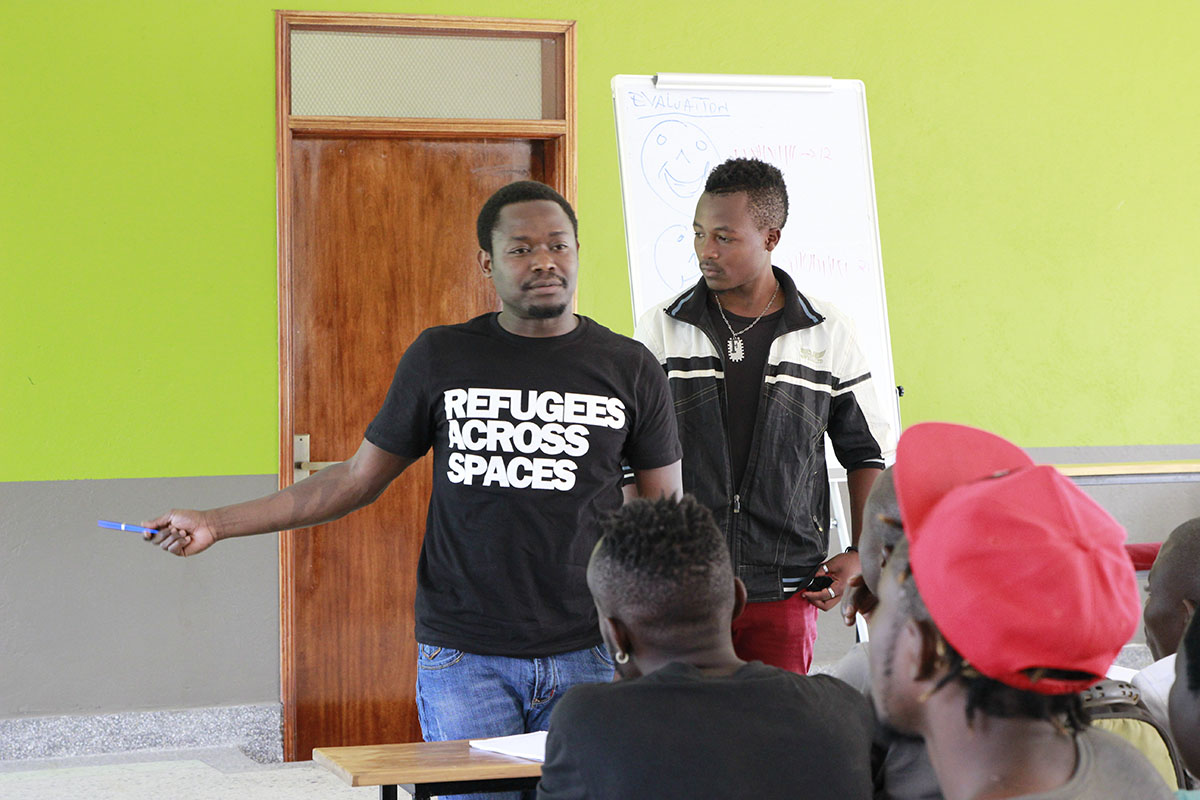We believe that Culture, in all its variation, connects people more than divides them. At the Cultural Avenue, we aspire to promote the innovative use of culture as a connector of people.
Action Areas
Collaborations
Access to Cultural and Artistic Platforms
Access to creative economy
Artistic empowerment
Stay in touch
Contact
Uganda National Cultural Center.
National Theatre, Kampala.
P. O. BOX 36171, Kampala-Uganda
Tel: +256 (0) 200 903 423
admin@theculturalavenue.org


